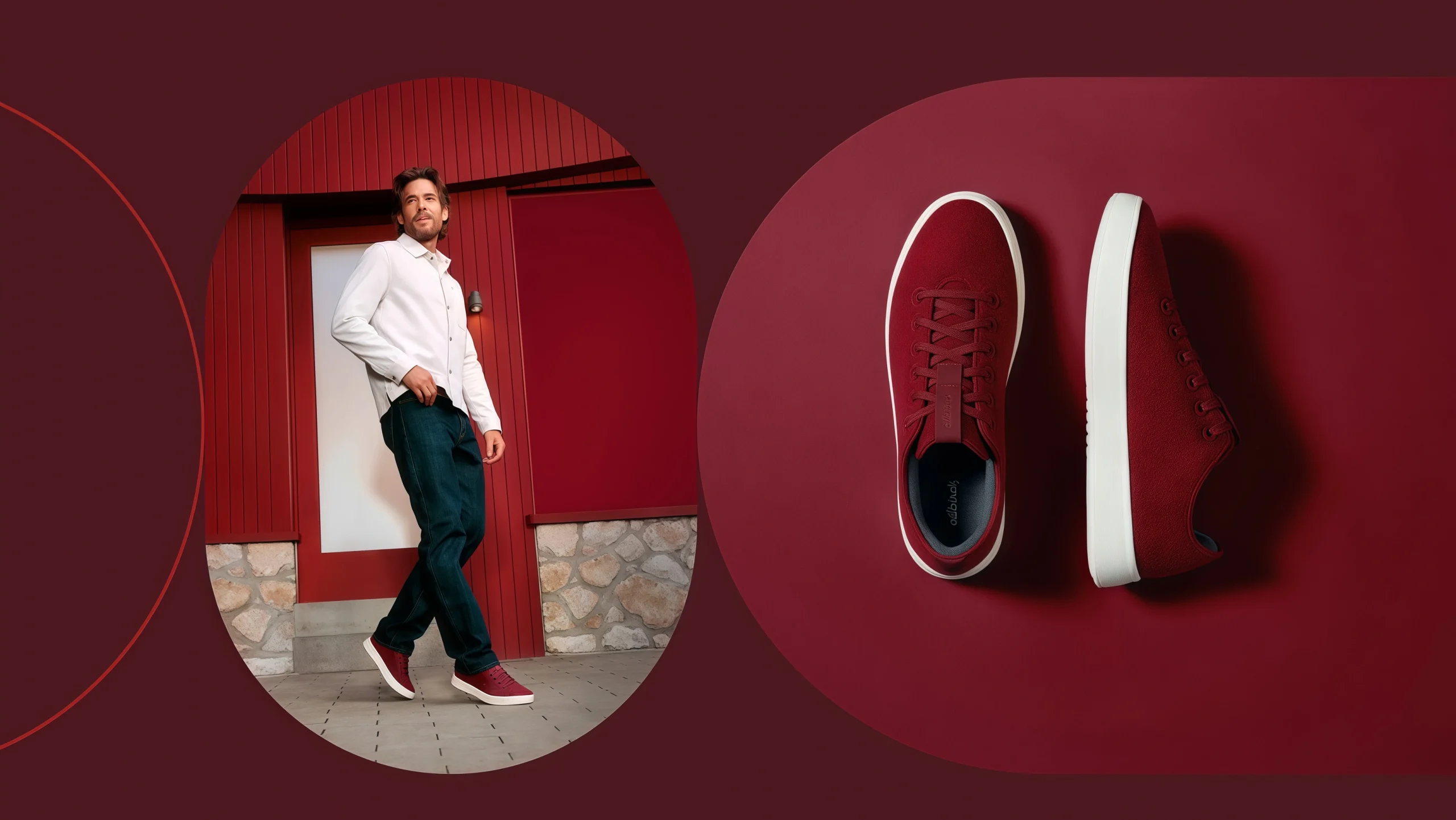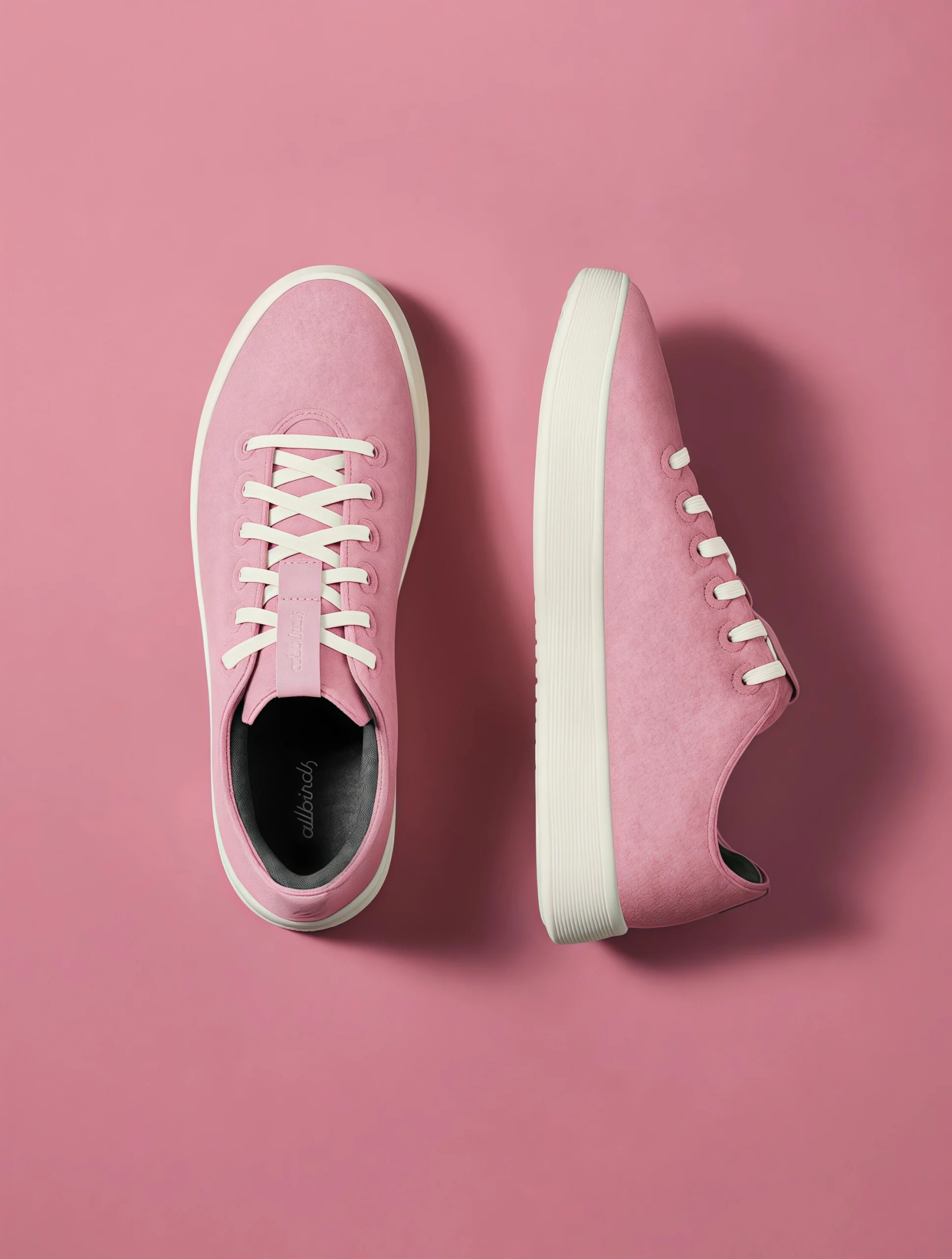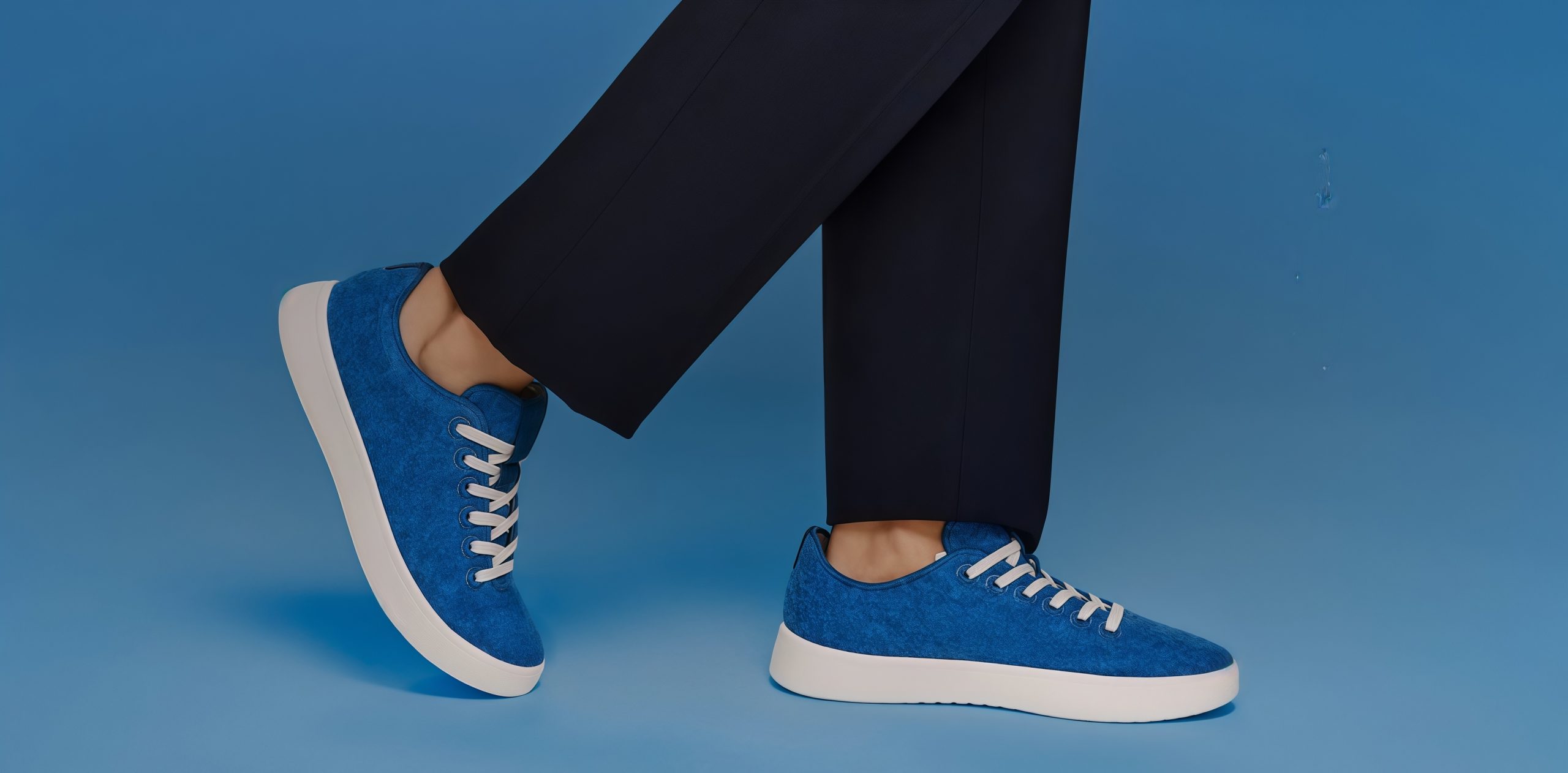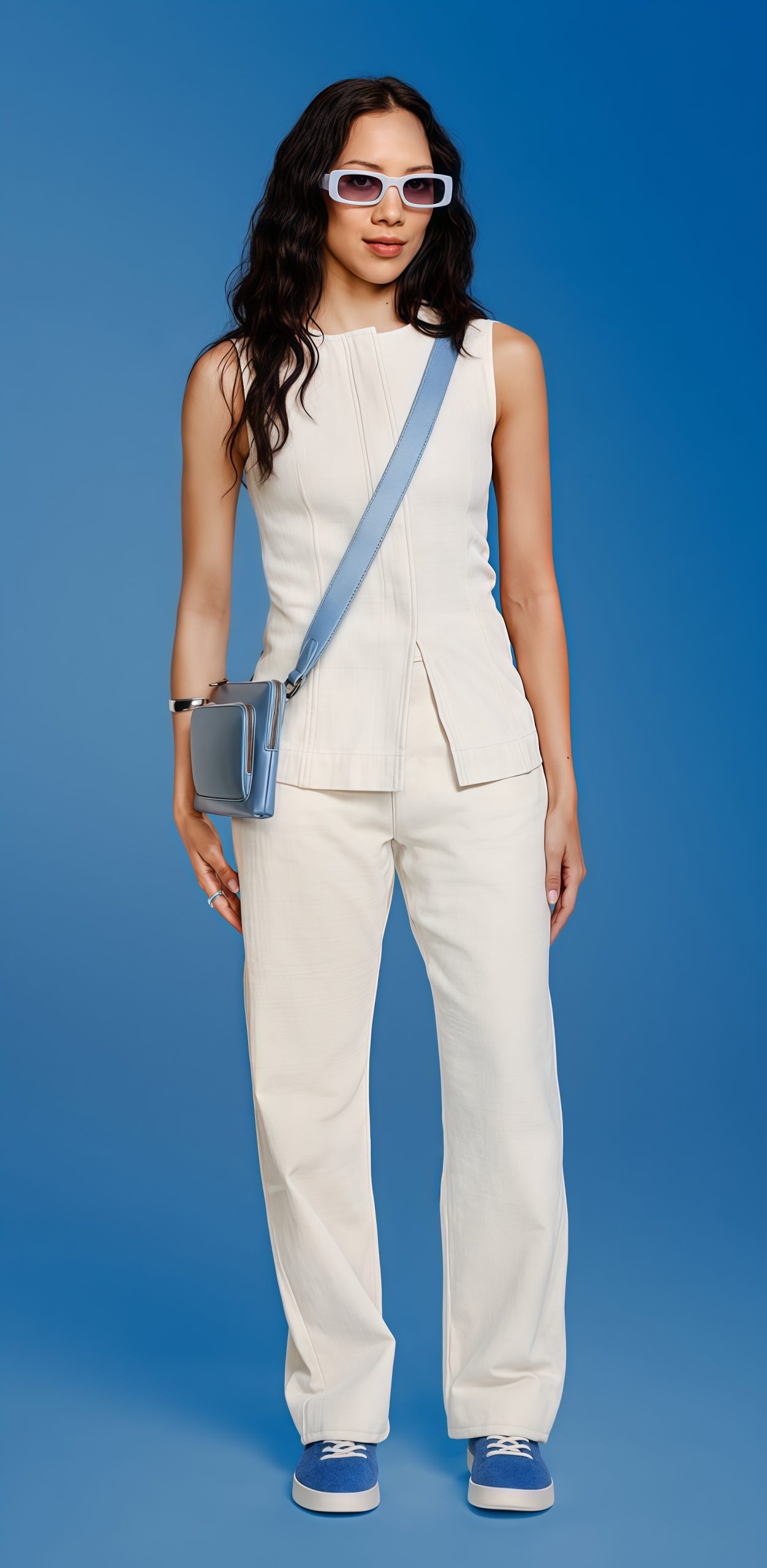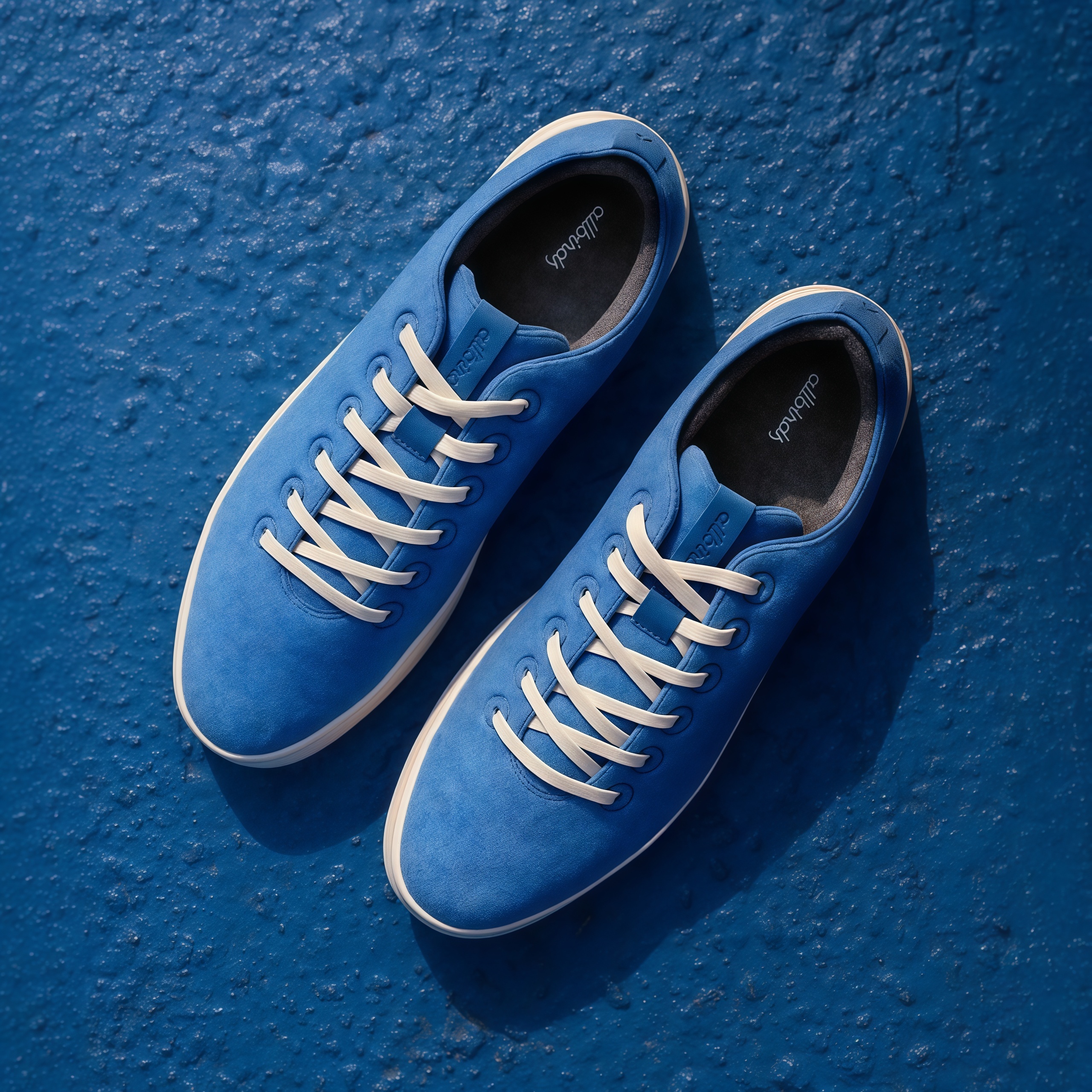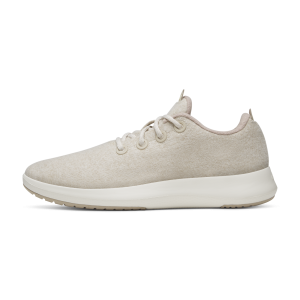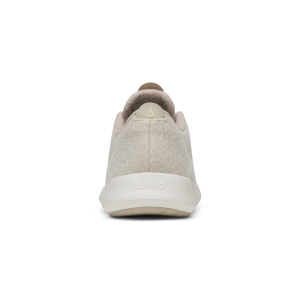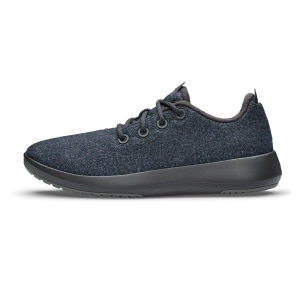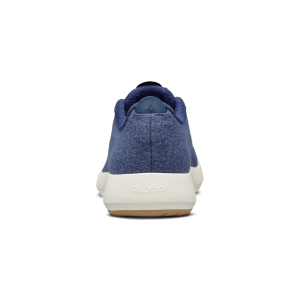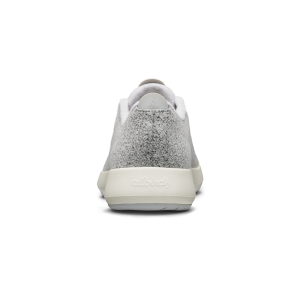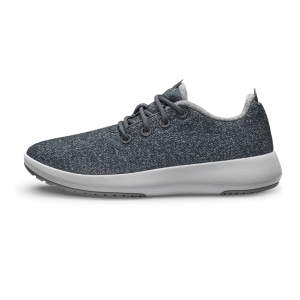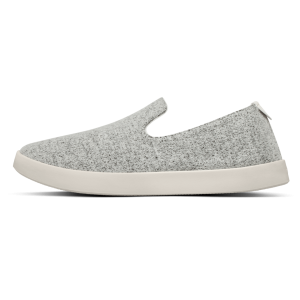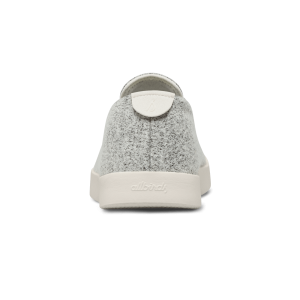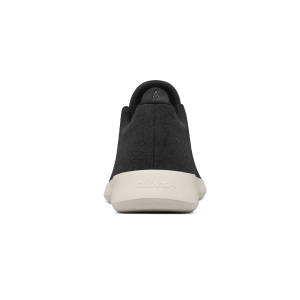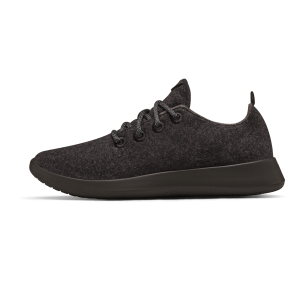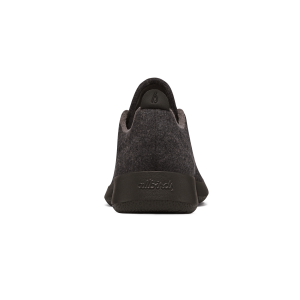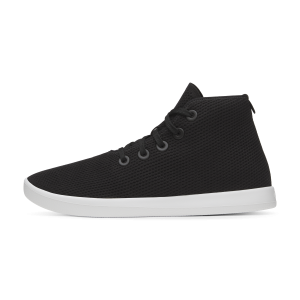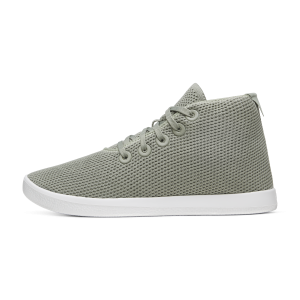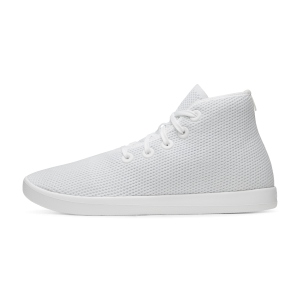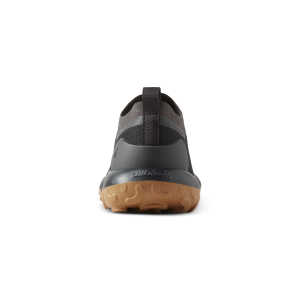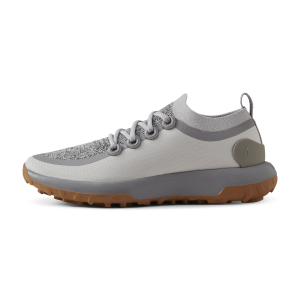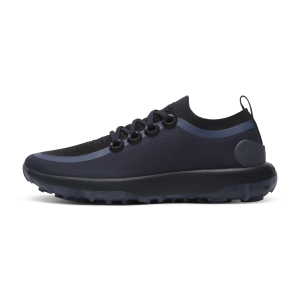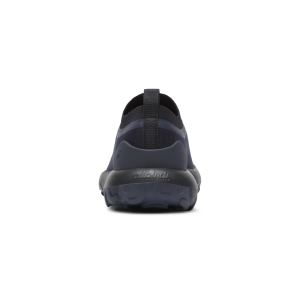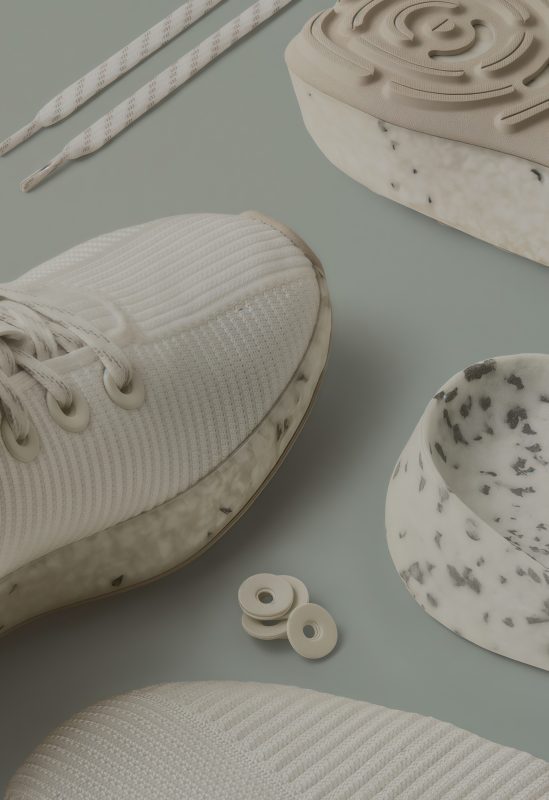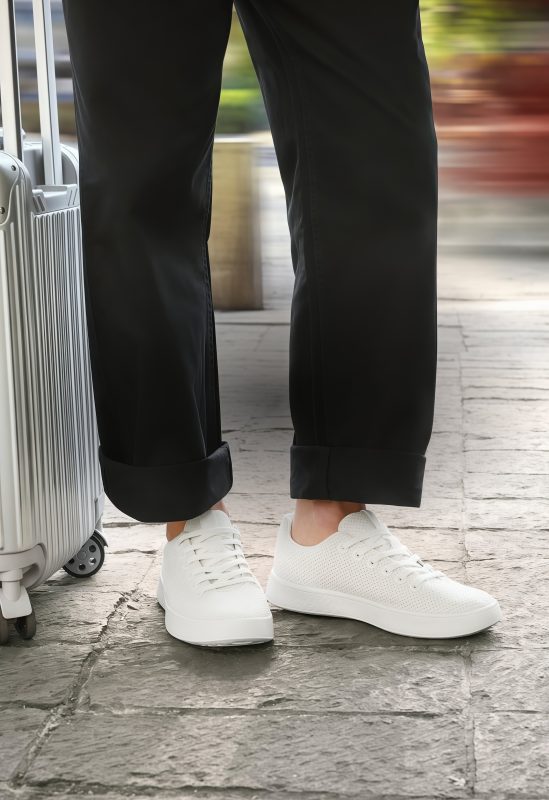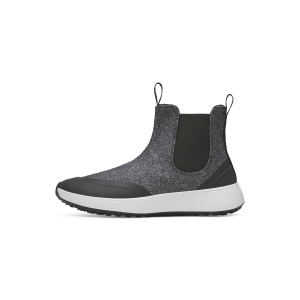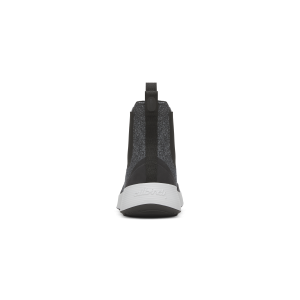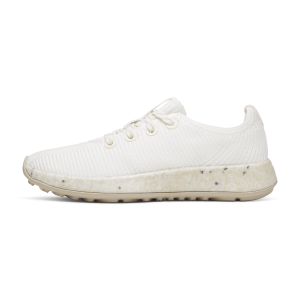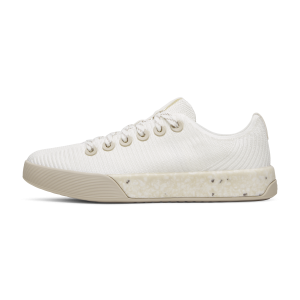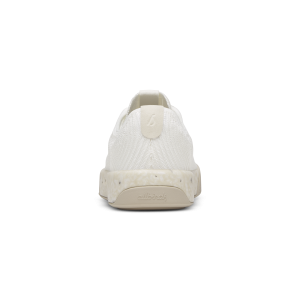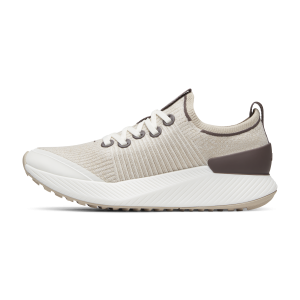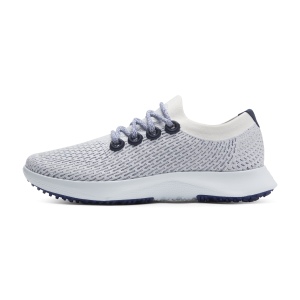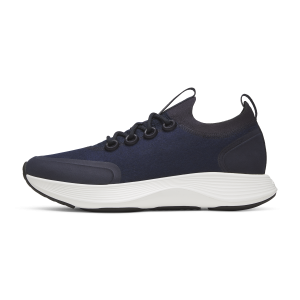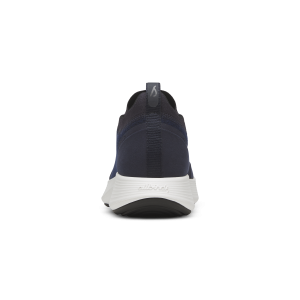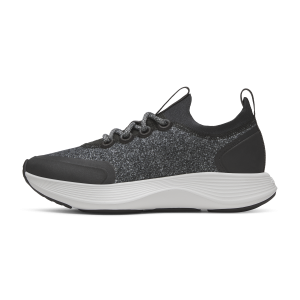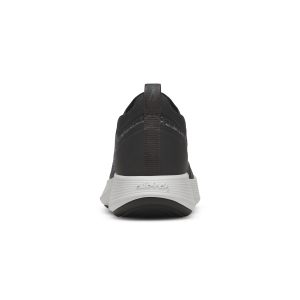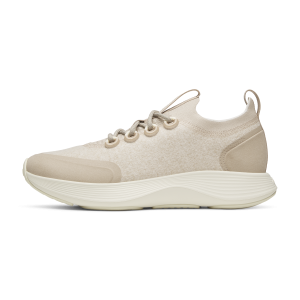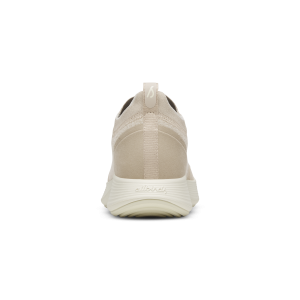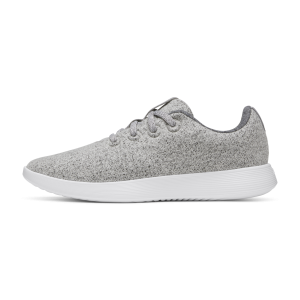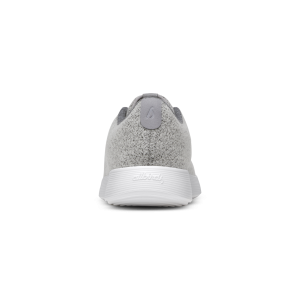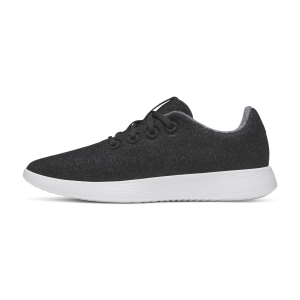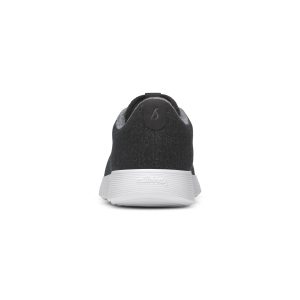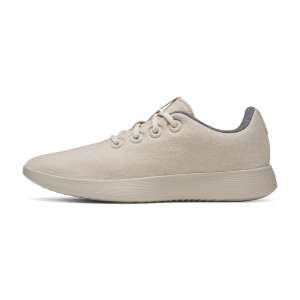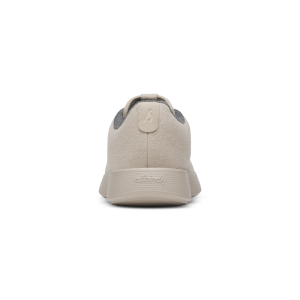Classic Recommendation.
The Unseen Architecture: A Deep Dive into Athletic Footwear
Athletic footwear, often simply referred to as “sneakers,” represents far more than just a casual accessory. It is a critical piece of specialized equipment, a marvel of material science and biomechanical engineering designed to enhance performance, mitigate the risk of injury, and optimize the human body’s incredible capacity for movement. To truly appreciate these essential items, one must look beyond the exterior design and understand the complex, integrated technologies that form their very foundation. They are the silent partners in every stride, jump, and pivot, enabling athletes and enthusiasts alike to pursue their physical goals with confidence and support.
The story of the modern athletic shoe is an ongoing saga of innovation. Early designs were rudimentary, focusing primarily on basic foot protection. However, the post-mid-century explosion of organized sport and a deeper scientific understanding of human kinetics spurred a revolutionary shift. Engineers and designers began to leverage advanced polymers, composite materials, and sophisticated manufacturing techniques to create footwear tailored for specific activities. The result is a diverse landscape of shoes, each calibrated to the unique demands of its respective discipline—be it the repetitive impact of long-distance running, the lateral movements of court sports, or the need for a stable, grounded base in weightlifting.
At the core of an athletic shoe’s performance is the midsole, the layer nestled between the inner sole and the outsole. This component is the primary shock absorber and energy return mechanism. Modern midsoles utilize a range of proprietary foams, often engineered for specific densities and resilience. High-performance foams offer a delicate balance: they must be soft enough to absorb the immense forces generated upon impact—which can be several times a person’s body weight during a run—yet firm and responsive enough to avoid that “sinking” feeling and efficiently return energy to propel the wearer forward. The geometry of the midsole, including features like specialized plates or strategically placed cushioning units, further fine-tunes this dynamic interaction, often aiming to smooth the transition from heel strike to toe-off, ensuring a more efficient gait cycle.
Equally vital is the outsole, the exterior rubber layer that makes contact with the ground. Its design is dictated entirely by the intended surface. Road running shoes feature durable, high-abrasion rubber with intricate lug patterns optimized for grip on asphalt and pavement. Trail shoes boast deeper, multi-directional lugs for superior traction on uneven, muddy, or rocky terrain. Court shoes, conversely, utilize non-marking rubber with patterns designed for quick stops, starts, and pivots on polished wooden or synthetic floors. The quality and placement of the rubber are crucial for both safety and durability, as this layer must withstand constant friction and wear.
Beyond the sole unit, the upper of the shoe plays a key role in stability and comfort. The upper’s primary function is to secure the foot to the midsole, preventing excessive movement that can lead to blisters or joint stress. Contemporary uppers are often constructed from lightweight, engineered mesh or knit fabrics. These materials offer targeted areas of stretch for comfort and flexibility, combined with zones of dense weaving or overlays for necessary structure and support. The focus on breathability is paramount, allowing moisture and heat to escape, which helps maintain a comfortable environment inside the shoe during extended use. The lacing system and the construction of the heel counter further contribute to the secure, ‘locked-down’ fit essential for controlled athletic movements.
A significant area of scientific inquiry in athletic footwear is the concept of gait analysis and customized support. Individuals exhibit different foot mechanics during motion, particularly regarding pronation—the natural inward roll of the foot after landing. Neutral runners, over-pronators, and sup-inators require different levels of support. This has led to the development of stability shoes, which incorporate denser materials or structured elements on the medial (inner) side of the midsole to gently guide the foot and counter excessive inward rolling. In contrast, neutral shoes provide uniform cushioning, trusting the natural efficiency of a neutral runner’s gait. The trend toward minimalist designs, which reduce the cushioning and heel-to-toe drop, offers yet another philosophy, encouraging a more natural, mid-foot or forefoot striking pattern and strengthening the intrinsic muscles of the foot.
The longevity and replacement cycle of athletic shoes are also critical considerations. Even if the exterior appears intact, the internal foam and support structures degrade over time and mileage. The cushioning loses its resilience, and the structured elements weaken, meaning the shoe no longer offers the protection or performance it was designed for. Expert consensus suggests that most performance shoes should be replaced after covering a specific mileage range, ensuring that the critical shock absorption properties are maintained, thus safeguarding the wearer’s joints and muscles from undue strain.
Ultimately, the humble athletic shoe is a sophisticated piece of technology. It embodies a convergence of material science, ergonomic design, and a deep understanding of human biomechanics. For the casual walker to the elite marathoner, selecting the right pair involves an understanding of individual needs, movement patterns, and the specific demands of the chosen activity. It is an investment in physical health and performance, proving that sometimes, the most important technology in achieving a fitness goal is found right on your feet.
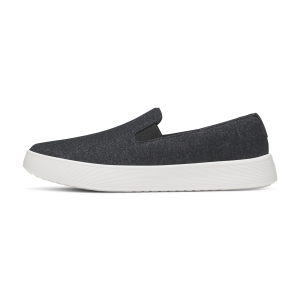 Men's Wool Cruiser Slip On - Natural Black (Blizzard Sole), 10
Men's Wool Cruiser Slip On - Natural Black (Blizzard Sole), 10 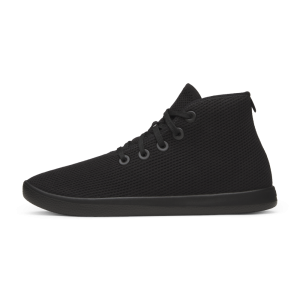 Men's Tree Topper - Natural Black (Natural Black Sole), 10
Men's Tree Topper - Natural Black (Natural Black Sole), 10 
